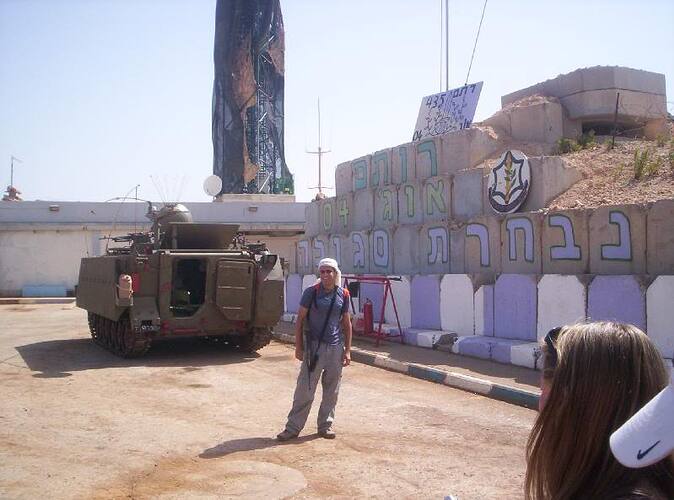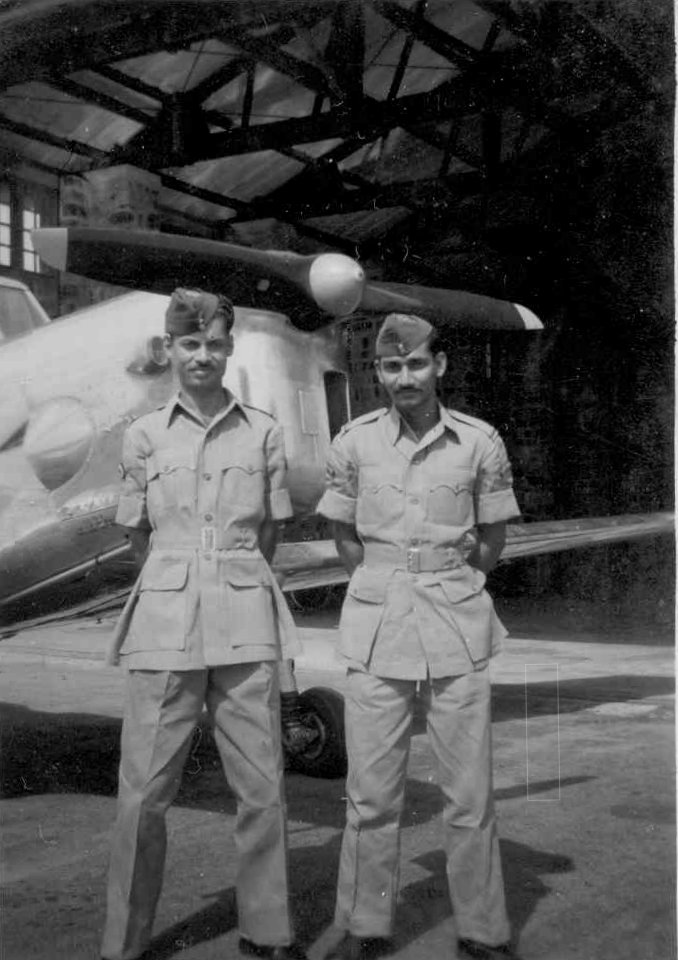
The increased speed of these KC-97L aircraft made them more compatible with high performance jet aircraft, and they served primarily with the Air National Guard. In 1964 some of them received two jet engines. However, some modified KC-97s continued flying in other roles. To keep its tankers compatible with its newer high performance jet aircraft, the USAF gradually replaced the slower KC-97 planes with Boeing KC-135 jet tankers after 1956. The KC-97Gs had additional 700-gallon external fuel tanks under each wing and could dispense 8,513 gallons of fuel while carrying 96 troops. Of those, 219 were adapted as KC-97E and F tankers and 592 were KC-97G models. The boom had controls so the boom operator could literally "fly" the end of the boom from the KC-97 tanker into the receiving airplane. The C-97 was designated KC-97 when it was equipped with the Boeing-designed flying boom for aerial refueling. The KB-29 flew above the B-50 and lowered a cable and drogue, as shown in the Air Force photo below.īoeing KC-97L Stratotanker S/N 52-2630 at the Museum of the US Air Force in Dayton, OH The refuelling locations were over the Azores, Saudi Arabia, the Philippines and Hawaii. The plane was refuelled four times during daylight hours in the air by KB-29M tanker planes of the 43rd Air Refuelling Squadron. If the flight was not successful, the Air Force did not want, or need, the negative publicity that would be forthcoming. The mission was considered secret, and flight plans disguised the actual route. In addition to three pilots onboard, the flight was double-crewed, with each man being relieved at 4-to-6 hour intervals. The B-50 took off from Carswell Air Force base in Fort Worth, Texas on February 26, 1949, and headed east.

The aircraft was B-50A-5-BO, S/N 46-010, named "Lucky Lady II", assigned to the 43rd Bomb Group. The flight was possible due to the aerial refueling. One of aviation's most historical flights involved the B-50 and took place in early 1949, the first non-stop around the world flight. tanker aircraft have their model type beginning with the letter "K".Īn Early Air Refueling Success: The First Round-the-World Non-Stop Flight The two main types of refueling systems are probe-and-drogue, which is simpler to adapt to existing aircraft, and the flying boom, which offers faster fuel transfer, but requires a dedicated boom operator station. After World War II it began to be used to extend the range of strategic bombers and is today used extensively in large-scale military operations.

The concept was originally employed before World War II on a very limited scale. Aerial refueling allows a tanker aircraft to transfer fuel to a receiving aircraft, which can then remain airborne longer, and extend its range and time on station.


 0 kommentar(er)
0 kommentar(er)
